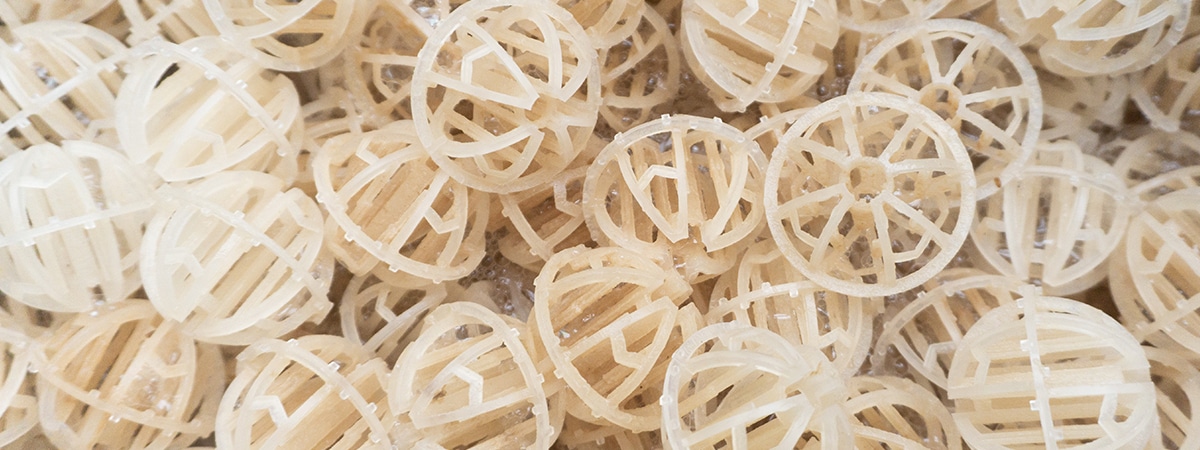Nitrification and Denitrification

In a recirculating aquaculture system, there are generally accumulating residues in the water through the animal’s excretion and through uneaten feed. One possibility to keep the water of the facility clean, is to clarify it with freshwater. Having a saltwater facility, this can become quite cost-intensive, because of the newly inserted freshwater also special sea salt has to be added and this is expensive. Therefore, the goal is to exchange as less water as possible. The SEAWATER Cube only exchanges up to 1% of the water per day. This equates to just 700 liters and is compared very little to other recirculating systems (they normally exchange 10% of the daily water). This needed addition of water occurs due to the water loss through the purification of certain filters and through evaporation on the water surface. So, how exactly does our Cube manages to add merely such a small amount of freshwater?
Within the SEAWATER Cube numerous filter components make sure that the water is fresh and clean. One of these components is the aerobic (functions with oxygen) biofilter, the so called “nitrification”. This process within converts toxic ammonium, which is dissolved in the urine of the fish, into nitrate. The latter is in fact less toxic than ammonium, but with our low water exchange rate nitrate would also accumulate and put the animal’s welfare at risk. That is the reason another filter is installed in the treatment process of the Cube: within the anaerobic (functions only without oxygen) biofilter, the used process called denitrification converts nitrate into nitrogen. In all these biofilters, bacteria are the essential workers. To ensure their presence and cultivation, those filters are filled with specialized biofilter pellets. Made out of plastic material, they offer a very large surface generated through specific structures. The bacteria adhere to these surfaces as a biofilm and therewith do not float freely in the water anymore. During two parallel executed steps, they completely convert the nitrate into gaseous nitrogen, which can easily escape into the air.
This kind of combination of nitrification and denitrification has been known in the wastewater treatment plant technology for a long time. However, ventilated and non-ventilated sections are coupled there. Within freshwater aquaculture, this concept does not exist. For these systems, it is easier and simultaneously lower cost to just exchange the water instead of operating another filter. Nitrification and denitrification are though essential for the stable and economic operation of a saltwater aquaculture system like the SEAWATER Cube . While planning and constructing the filter steps, there have various parameters to be coordinated, so that the bacteria work as planned and completely convert the toxic substances. It becomes apparent, that the operation of these two biological filters contains a lot of expertise as intensive research, experience of many years and technically mature automation.
Further informationen about the SEAWATER Cube
Check out more facts about our system and the technology.
References
— van Rijn, J.; Tal, Y.; Schreier H. J.: Denitrification in recirculating systems: Theory and applications. Elsevier B.V., 2005.
— Lompe, D.; Wiesmann, U.: Biologische Denitrifikation nitrathaltiger Abwässer und Grundwässer. VCH Verlagsgesellschaft mbH, Weinheim, 1991.
— Lee, P. G.; Lea, R. N. et al.: Denitrification in aquaculture systems: an example of a fuzzy logic control problem. Elsevier Science B.V., 2000.
— Soares, M. I. M.: Biological denitrification of groundwater. Kluwer Academic Publishers, 2000.
Image source
SEAWATER Cubes